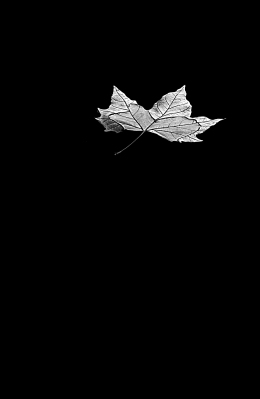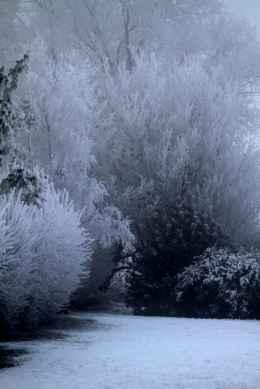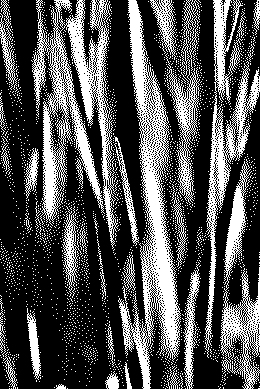Lockdown Daze
My trips to New York echoed my run on Babylon where different facets of my life converged in London for a while and then moved on. My first visit was less than six months ago. Four visits later and I wonder if I will ever return. It certainly seems that my prediction of an early return to Brooklyn were premature as that benighted city groans under the weight of Mother Nature aroused. I have acquired a lot of free time in these strange days and the Night Planted Orchard has never looked finer as a consequence. Working at home has saved me ninety minutes of spring daylight, every day. I have never been more productive at work. Outside of work I've upcycled a bedside cabinet, restored an old turned bowl, written a half-decent short story. I broke Lady Snoutingdingles favourite glass and mosaiced the stub into a viking style drinking vessel. I've even weeded the orchard, which is now in a state of shock. As are we all. The bees squatting in the owl box in The Old Laughing Lady are bemused at my constant presence. Even the Old Hunter is delighted to have us both at home all day, every day. Yet he is strangely discomfited by our distance. He knows that something is amiss from the World.



 Velvet Snoutingdingle
Velvet Snoutingdingle